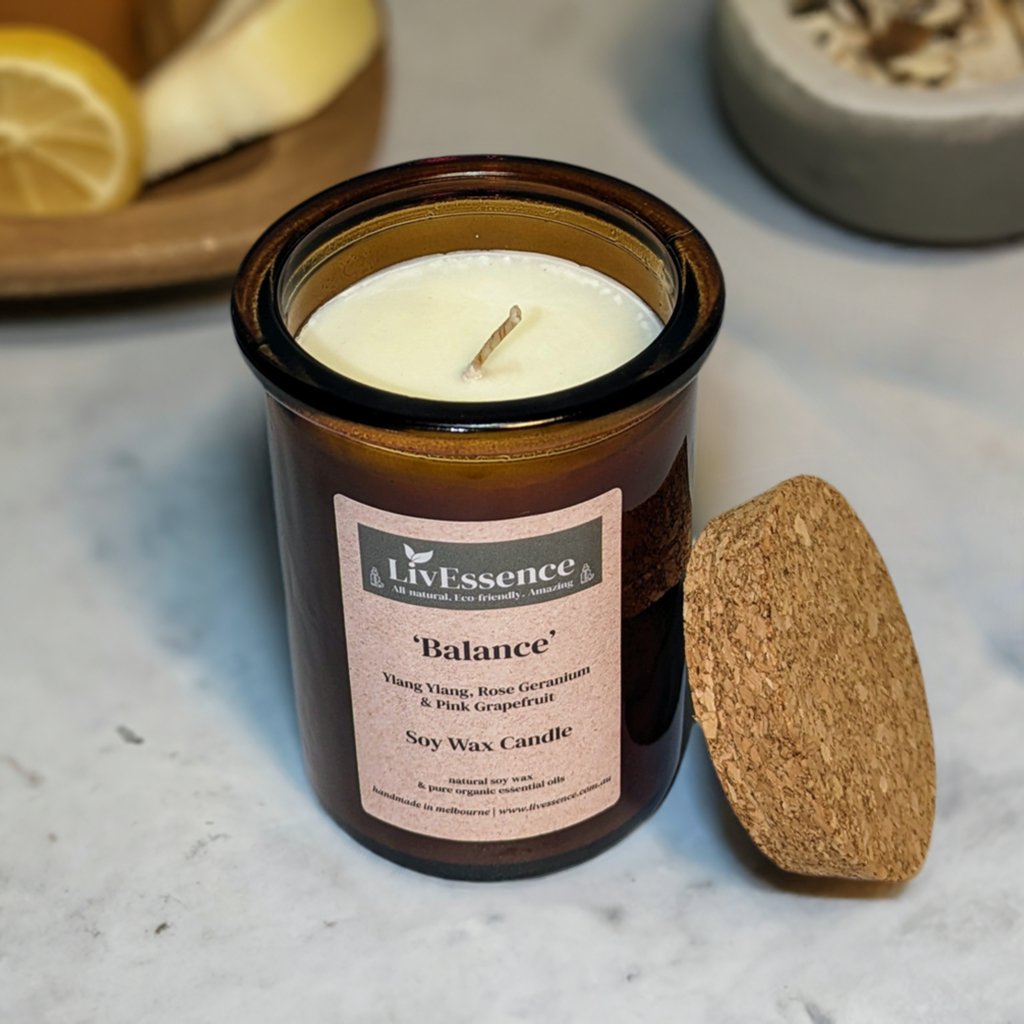From Wick to Wax: Recognizing the Chemistry Behind Soy Wax Candles and Their Environmental Influence
As we illuminate our spaces with the cozy radiance of candles, there lies a realm of intricate chemistry behind the seemingly basic act of lighting a soy wax candle light. Join us as we unravel the scientific details behind soy wax candles and explore their effects on our setting.
Soy Wax Vs. Paraffin Wax
When contrasting soy wax and paraffin wax for candle making, it is necessary to comprehend the distinctive characteristics and benefits of each product. Soy wax is an all-natural, renewable energy stemmed from soybean oil, making it environment-friendly and biodegradable - crystal soy candles. On the other hand, paraffin wax is a by-product of oil refining, which elevates worries about its environmental impact and sustainability
Soy wax candles burn cleaner and give off less soot compared to paraffin wax candle lights, making them a much healthier option for interior air high quality. Furthermore, soy wax has a lower melting point, enabling a longer-lasting candle that disperses scent better. Paraffin wax, on the various other hand, has a tendency to shed faster and less easily, possibly releasing harmful chemicals right into the air.
From a sustainability viewpoint, soy wax is favored for its biodegradability and renewable sourcing, aligning with the expanding consumer preference for ecologically conscious items. While paraffin wax has actually been a standard selection in candle light making due to its price and convenience of use, the shift in the direction of green options like soy wax is gaining energy in the sector.
Chemical Structure of Soy Wax

Burning Refine in Soy Candles
The chemical structure of soy wax directly influences the burning process in soy candles, affecting variables such as melt time, fragrance release, and environmental influence. When a soy candle light is lit, the heat from the fire thaws the wax near the wick. This liquid wax is then prepared the wick due to capillary activity. As the liquid wax gets to the flame, it evaporates and goes through burning. The combustion process entails the vaporized hydrocarbons in the wax reacting with oxygen airborne to create heat, light, water vapor, and co2.
The burning effectiveness of soy candle lights is affected by the purity of the soy wax and the top quality of the wick. A clean-burning soy candle with an appropriately sized wick will certainly decrease and create a constant flame residue development. This not only expands the burn time of the candle light however also improves the launch of fragrances. In addition, soy wax candles have a lower ecological influence compared to paraffin candle lights due to their eco-friendly and sustainable nature.

Environmental Benefits of Soy Wax

Considered a lasting choice to traditional paraffin wax, soy wax provides significant environmental benefits that make it a prominent selection amongst eco-conscious customers. One substantial benefit of soy wax is its renewable sourcing. Soy wax is stemmed from soybean oil, which is predominantly cultivated in the United States. The growing of soybeans aids sustain local farmers and reduces the dependence on non-renewable fossil gas used in paraffin wax manufacturing. In addition, soy wax is eco-friendly, suggesting it damages down naturally without releasing hazardous toxins into the setting. This particular makes soy wax candles a more eco-friendly alternative compared to paraffin wax candles, which are made from oil, a non-renewable resource. Furthermore, soy wax burns cleaner and produces much less soot than paraffin wax, adding to better indoor air quality and reducing the demand for cleaning and upkeep. In general, the ecological benefits of soy wax straighten with the growing need for eco-friendly and sustainable items in the marketplace.
Recycling and Disposal Considerations
Reusing and appropriate disposal of soy wax candles play an essential function in keeping environmental sustainability and decreasing waste in houses and communities. When browse around these guys it involves reusing soy wax candles, the primary step is to make sure that the candle light has actually melted completely. This can be accomplished by enabling the candle to shed up until the wick is no longer functional, and after that allowing the continuing to be wax cool and strengthen. As soon as the wax has actually strengthened, it can be meticulously gotten rid of from the container.

In regards to disposal, if recycling is not a choice, soy wax candles are biodegradable and can be safely thrown away in a lot of family waste systems. It is constantly suggested to check with neighborhood recycling centers or waste administration services for details guidelines on candle light disposal to make useful site sure proper handling and ecological protection.
Verdict
In final thought, the chemistry behind soy wax candle lights reveals their look here environmental advantages over paraffin wax candle lights. Soy wax, obtained from soybean oil, burns cleaner and creates much less residue when compared to paraffin wax.
When comparing soy wax and paraffin wax for candle light production, it is essential to comprehend the distinctive characteristics and benefits of each material (soy candles).Soy wax candles shed cleaner and produce less residue contrasted to paraffin wax candle lights, making them a much healthier choice for indoor air high quality.Taken into consideration a lasting choice to conventional paraffin wax, soy wax supplies significant environmental advantages that make it a preferred selection amongst eco-conscious customers. Soy wax burns cleaner and generates less soot than paraffin wax, contributing to better indoor air quality and decreasing the requirement for cleansing and maintenance.In final thought, the chemistry behind soy wax candle lights exposes their ecological benefits over paraffin wax candle lights